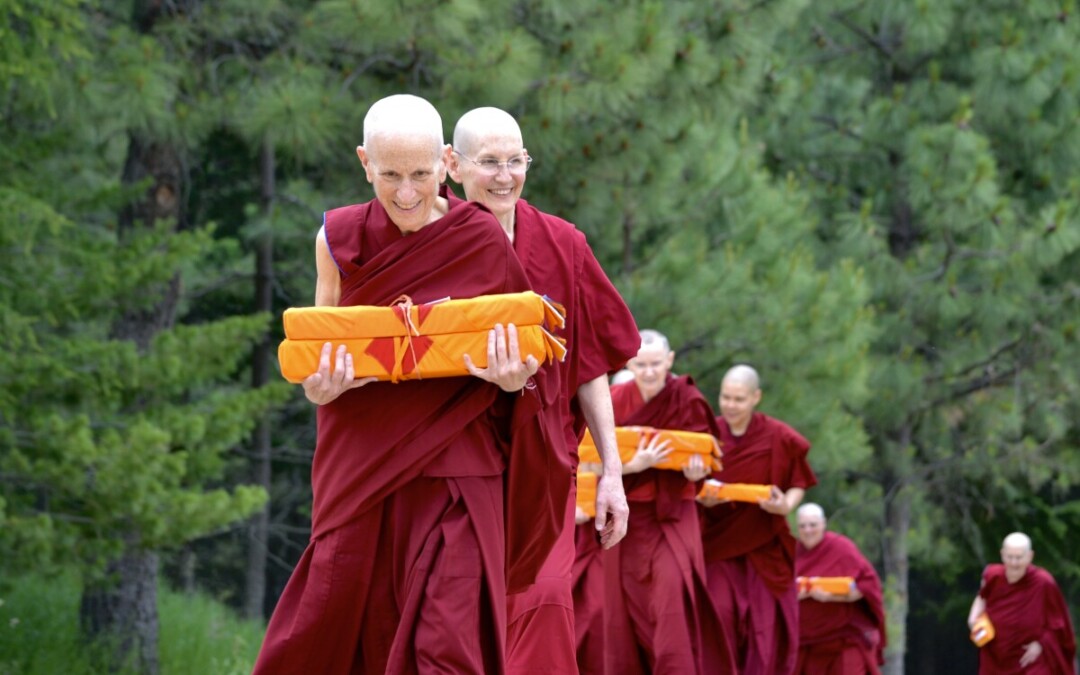Hello, sentient beans! 
I felt inclined today to write a little about my practice in general, mainly for myself but I wanted to share my experiences.
Having sat semi-regularly with a local group from the OBC/Jiyu Kennett lineage, I felt pulled towards becoming a monk/priest/banger of bells, I stumbled upon TL in Aug '17 in time to join Ango and took Jukai last month, since I have felt strangely at home in the home-less sangha. Jukai was a gentle push into a more dedicated practice, and slowly I have started to sit twice a day, every day, and it is now not separate from daily life. I had also decided to study some literature starting with Brad Warner and moving onto Nishijima Roshi's "To meet the real dragon" (which is a phenomenal read), to work towards Dogen's Shobogenzo. I feel that everything I read seems to come back to something Nishijima has said and I think more like he has become my teacher. Two of the most beautiful teachings by him is his explanation of the autonomic nervous system and the book cover of him wearing his regular clothing and o-kesa.
As I have settled into practice/life, pain has come and gone, as have a lot of thoughts, but time and time again I return to the image of Nishijima in his o-kesa.
Now, my original purpose of this post was to ask if anyone had a picture of Nishijima in normal clothes and an o-kesa I could print to add to my altar.
My Kesa
of sweat and blood
a green shirt
Deep bows to all, ,
,
Chishou.
Sat.

I felt inclined today to write a little about my practice in general, mainly for myself but I wanted to share my experiences.
Having sat semi-regularly with a local group from the OBC/Jiyu Kennett lineage, I felt pulled towards becoming a monk/priest/banger of bells, I stumbled upon TL in Aug '17 in time to join Ango and took Jukai last month, since I have felt strangely at home in the home-less sangha. Jukai was a gentle push into a more dedicated practice, and slowly I have started to sit twice a day, every day, and it is now not separate from daily life. I had also decided to study some literature starting with Brad Warner and moving onto Nishijima Roshi's "To meet the real dragon" (which is a phenomenal read), to work towards Dogen's Shobogenzo. I feel that everything I read seems to come back to something Nishijima has said and I think more like he has become my teacher. Two of the most beautiful teachings by him is his explanation of the autonomic nervous system and the book cover of him wearing his regular clothing and o-kesa.
As I have settled into practice/life, pain has come and gone, as have a lot of thoughts, but time and time again I return to the image of Nishijima in his o-kesa.
Now, my original purpose of this post was to ask if anyone had a picture of Nishijima in normal clothes and an o-kesa I could print to add to my altar.
My Kesa
of sweat and blood
a green shirt
Deep bows to all,
 ,
,Chishou.
Sat.














Comment